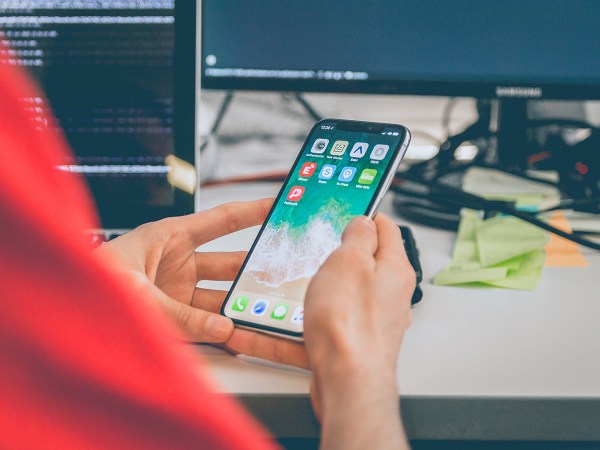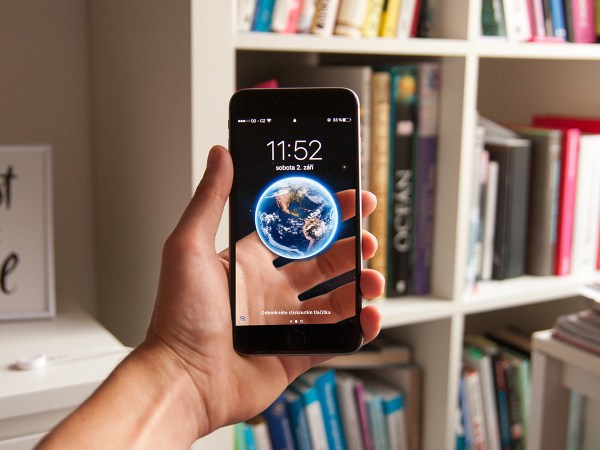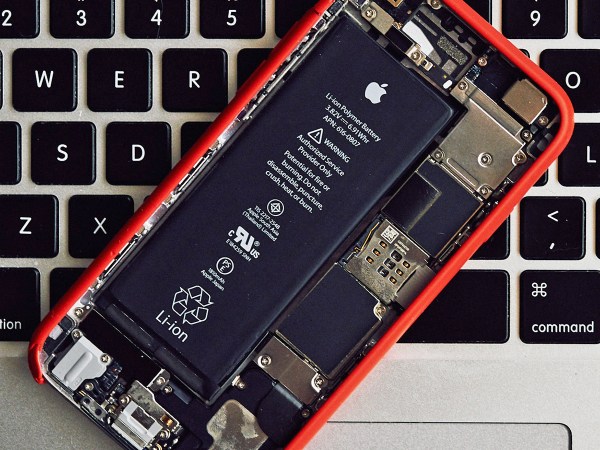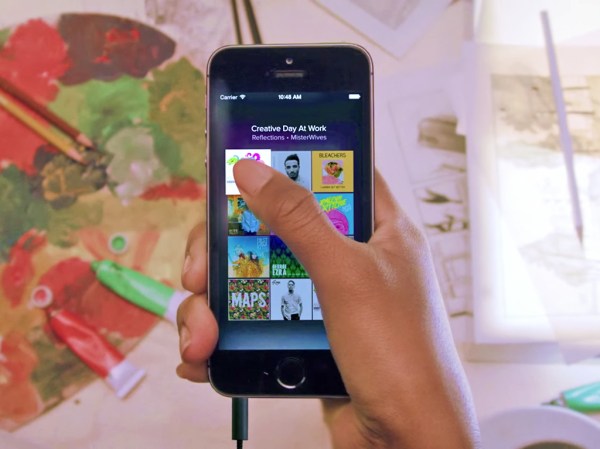

I’ve used my Gmail inbox as a to-do list as long as I’ve had one, scoffing at those who said it was a bad idea. But while it was easy to manage one or two messages a day, I began to struggle as I advanced in my career, received more messages, and found myself dealing with longer-term responsibilities. Was it time to give up? Never. There had to be a solution.
And there was: Google Tasks. Although this tool has been around since 2008, it’s easy to overlook. It doesn’t even appear when you click on the Google apps icon (a three-by-three grid) at the top of your Gmail inbox in a browser. Despite this lack of fanfare, Tasks has quickly become an indispensable tool as I manage PopSci’s DIY section.
How to move emails to Google Tasks
One of the biggest problems with my inbox to-do list was that it became almost impossible to remember what each message meant for me. It didn’t matter that I’d labeled them with color-coded stars—I still had to run down the list and actively remind myself what each star meant and what specific action each message required. Now I send important threads to Tasks with a single click or tap.
Select or open any email in your browser, and you’ll see the Add to tasks icon at the top of the screen among the options that let you trash a message or mark it as unread. It’s the one that looks like a circle with a check mark and a small plus sign. Click it, and your thread (or threads) will move to a list of tasks that appears on the right side of the screen. I like to keep this list open while I work, but if you close it, just click the Tasks button on the right (a blue circle with a stylized yellow-and-white check mark).
In the Gmail app, you’ll find Add to Tasks under the three dots in the upper right corner of the screen. You’ll also need to use the Tasks app that comes built into Android or as a free download for iOS to use this utility on your phone.
How to edit Google Tasks
You’re not done yet, though. Unless you like having tasks that repeat the subject line of an email, you should click the task itself and rename it something you’ll remember. For example, there’s no way I’d recall the reason I saved a task called “Re: Fwd: Fwd: Re: June pitches for PopSci DIY & May invoice + receipts for projects 1 & 2.” No, that’s getting saved as “Assess Andy’s pitches.”
Selecting a task in your browser or the app gives you other editing options, too. You can choose a due date and time, as well as decide if it will be a recurring task that repeats a set number of days, weeks, months, or years. You can’t create irregular occurrences, though, so if you have something that repeats every Monday and Friday (like a staff meeting), you’ll have to create separate tasks. To include more information, change the Details field to add any notes.
[Related: The best tips for working from home]
No matter what you do, the task will remain tied to the original email thread via an oval button containing the subject line and an envelope icon. Click this and the relevant messages will open in your inbox.
A word of caution, though: I recommend only using Tasks for emails where you’re solely responsible for what happens next. If you have a lot of tasks and leave yourself a reminder to “follow up if Jess doesn’t respond,” for the next week, there’s nothing on the thread itself that indicates exactly when you linked it to a task. If Jess does respond and the thread continues without you keeping track, you may get lost and end up sending an unnecessary followup email.
How to organize your Google Tasks list
Unless you’ve customized Tasks, each new entry will appear at the top of your list, whether you add it directly from an email, the Add a task button on the Tasks list, or the plus button in the Tasks app. Google calls this organizational scheme My order, and it allows you to move each task on your list by selecting it, clicking the six dots to its left, and dragging it where you want it to be. In the app, press and hold on a task, then drag it. This strategy can be useful if you’re someone who likes to keep tasks ordered by importance.
The other option is to click the main menu button (three vertical dots next to “Add a task” in the browser, or three horizontal dots in the bottom right corner of the Tasks mobile app) and select Date under Sort by. When you assign a task a date or time, the closest deadlines will appear at the top of your list, and anything without a date will go to the bottom—including new tasks.
You can also create subtasks by clicking the three vertical dots, then Add a subtask next to a selected task in your browser. In the mobile app, open a task and tap Add subtasks. The app also lets you hold and drag items under each other, then indent it to create a subtask. This is useful if an email thread requires you to do multiple things, but in my experience it works a lot better in the app.
If you have numerous tasks, you can organize them further by creating multiple lists. Just click the drop-down menu at the top of the Tasks sidebar in the browser, or the three horizontal lines in the bottom left corner of the app, and click Create new list. You can rename any list by going to the main menu and selecting Rename list. Use this to separate lists of things that need to get done at home or at work, or that relate to different projects, for example.
[Related: One notebook could replace all your productivity apps]
As you churn through your to-dos, clicking the circle to the left of each task to mark it as done, finished items will populate a list of completed tasks at the bottom of your list. You can view them by clicking where it says Completed, or return them to your list by tapping the check mark to label them as unfinished. Erase this entire stockpile by going to the main menu and selecting Delete all completed tasks.
Advanced Google Tasks tips
As you become more accustomed to Tasks, you may want to go deeper. Keyboard shortcuts are one way to become even more efficient with your to-dos. Google offers a list of these under the main menu button in your browser, but you can access it faster by pressing Ctrl + / on Windows or Cmd + / on a Mac.
I’ll list a few good to-do list ones here, though:
- Mark task as complete or incomplete: Space
- Enter edit mode: Enter
- Exit edit mode: Esc
- Delete task: Backspace
If your list becomes too much to handle inside Gmail, you can go bigger, too. TasksBoard is a desktop app for Google Tasks that allows you to manage your lists on one big board while sharing them with others and exporting them to Google Sheets (among other abilities).
There’s also Full Screen for Google Tasks, a Google Chrome extension that works like a desktop app in a new browser tab or window. But if you’re like me, you may be happy with the simple Tasks sidebar in your Gmail inbox—at least for now.















